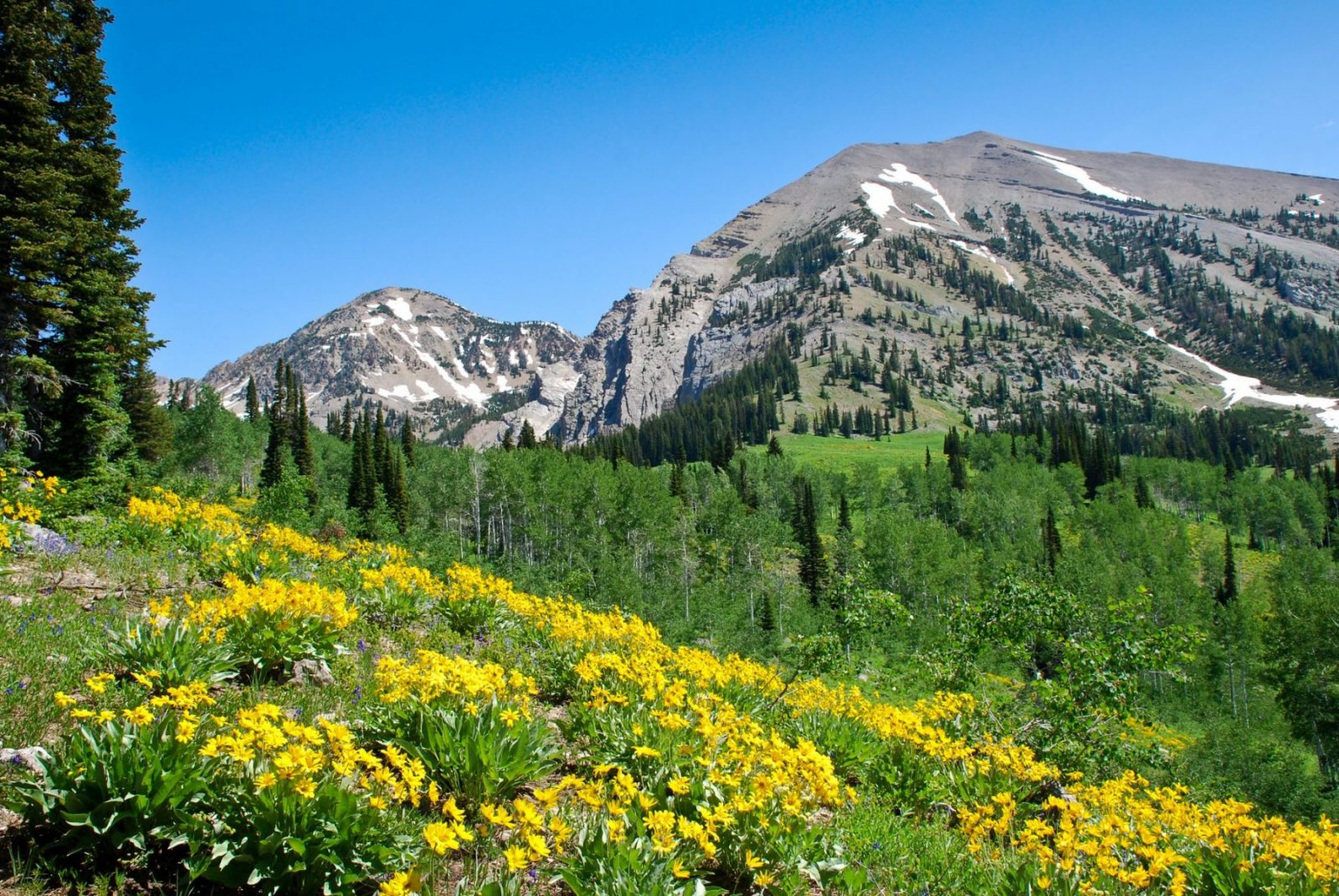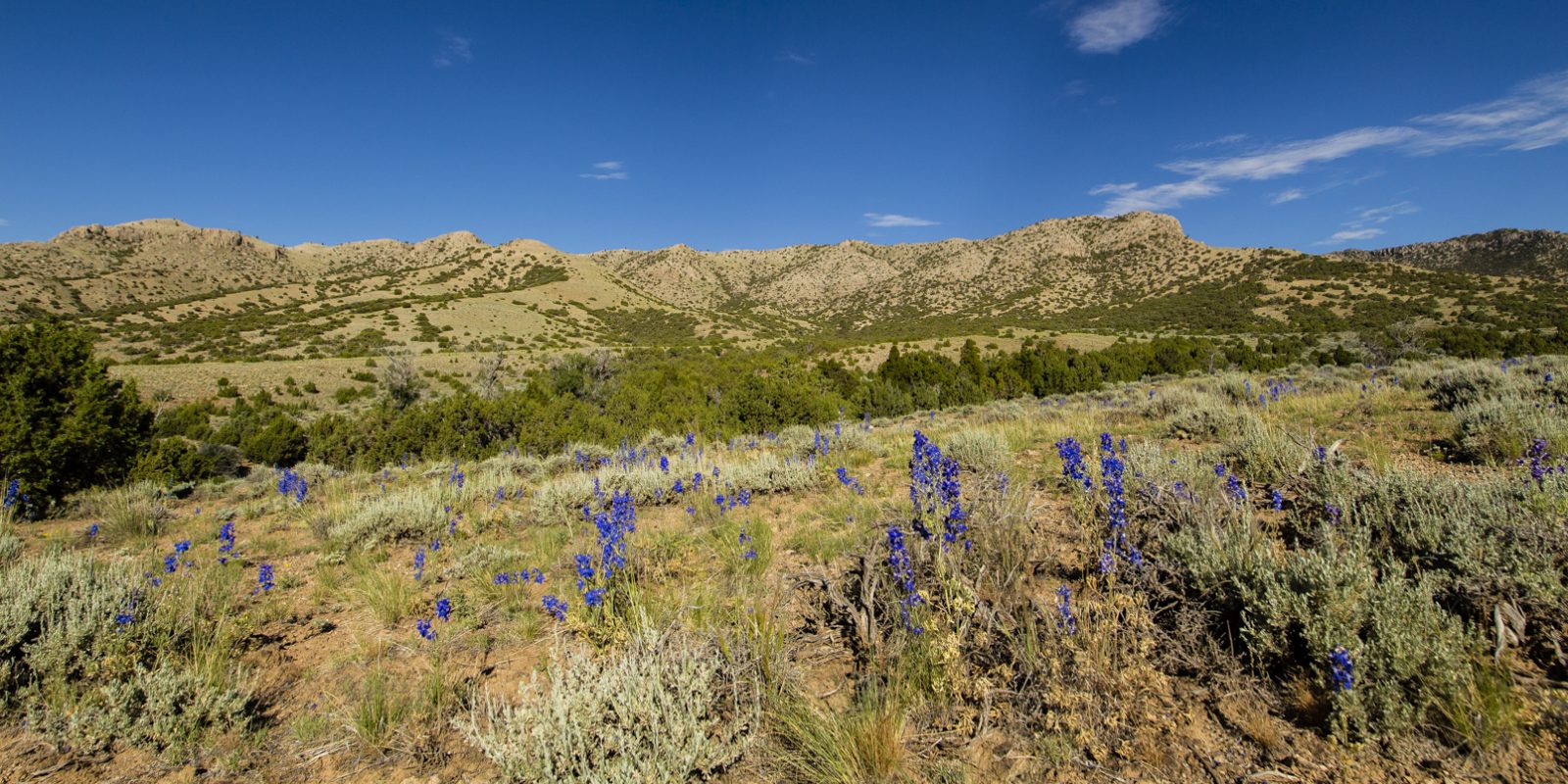WPLI
Last chance to comment on important Fremont and Natrona County public lands
[et_pb_section bb_built=”1″][et_pb_row][et_pb_column type=”4_4″][et_pb_text _builder_version=”3.7″]
Since June 2016, a group of Fremont and Natrona County citizens have met to negotiate the future of the eight Wilderness Study Areas (WSAs) and other lands in the two counties. As part of the Wyoming Public Lands Initiative, these nine volunteers represent interests from agriculture, energy, recreation (both motorized and non-motorized), conservation, county commissions, sportsmen, and the general public. The management recommendations they make will be passed to the Fremont and Natrona County Commissions before inclusion in a public lands bill. This final bill will be a package sponsored by Senator Barrasso at the Congressional level and will include other recommendations from other county-level initiatives taking place around the state.
Now is your last chance to weigh in as a local on the fate of these important public lands. This is your last chance to ask for strong conservation protections for Sweetwater Rocks, the Sweetwater Canyon, the Dubois Badlands, Whiskey Mountain, Copper Mountain, and the Lander Front.
To share comments with the committee, you have two options (and we encourage you to do both!):
- Submit written comments to fcpli.comments@gmail.com by 5 p.m. on Thursday, June 21.
- Attend the final advisory committee meeting on Thursday, June 28 – the last meeting before the group forwards their recommendations to the Fremont County commission.
[/et_pb_text][et_pb_blurb admin_label=”Meeting Info” _builder_version=”3.7″ header_text_align=”center” body_text_align=”center” module_alignment=”center” background_color=”#fcaf17″ text_orientation=”center” header_level=”h2″ header_font=”|||on|||||” header_text_color=”#160000″ header_font_size=”20″ header_line_height=”2em” body_font_size=”20″ image_max_width=”50%” max_width=”50%” body_text_color=”#160000″ custom_margin=”5px|5px|5px|5px” custom_padding=”5px|5px|5px|5px” body_line_height=”1.5em” box_shadow_style=”preset2″]
THURSDAY, JUNE 28
6 p.m.
Fremont County Courthouse
Commissioners’ Chambers
450 N. 2nd St. #200
Lander, WY 82520
[/et_pb_blurb][et_pb_text _builder_version=”3.7″ header_3_font=”|||on|||||” header_3_text_color=”#007ea9″]
What are the draft recommendations?
What should be improved?
For a brief review of the recommendations thus far, check out these simple guides to the committee’s draft package and what crucial conservation improvements we suggest you can include in your comments.
We want to encourage the committee to prioritize the unique values of these landscapes and call for the protection of the rugged, backcountry qualities of places like the Dubois Badlands and Sweetwater Rocks. Assigning those areas special designations such as wilderness or National Conservation Area will ensure they are managed in the future just as they are today. We’d also like the committee to explicitly prohibit mineral extraction in important areas such as Whiskey Mountain and on the Lander Front, and to ban the creation of new roads on landscapes that are currently Wilderness Study Areas. The committee has recommended that about 6,000 acres of the Sweetwater Canyon Wilderness Study Area be designated as wilderness — we suggest that you support wilderness on the Sweetwater Canyon in your comments.
The Fremont advisory committee is also recommending that the Bureau of Land Management look for appropriate places to add new motorized recreation trails, and we want to make sure that areas like Copper Mountain aren’t considered for that kind of development. However, we do want the committee to strongly suggest that public access to public lands is protected and improved as a part of this recommendation package.
How do I make a strong comment?
Get to the point, but also personalize your perspective. Speak about how these specific landscapes are important to you and how they keep you living and working in Wyoming. Be specific about the management you support for these landscapes, and highlight any recommendations or possible changes that you can’t get behind.
In the last few weeks, it’s been heartening to connect with so many powerful conservation voices around Wyoming as we work to inform stakeholders about the details of this recommendation package. Conservation advocates in Lander, Dubois, and Casper have been working together — and together, we can make our voices heard and ensure that our treasured public lands remain wild and protected long into the future. I hope to see many of you in Lander next Thursday! And please, email me if you have any questions.
[/et_pb_text][/et_pb_column][/et_pb_row][/et_pb_section]


